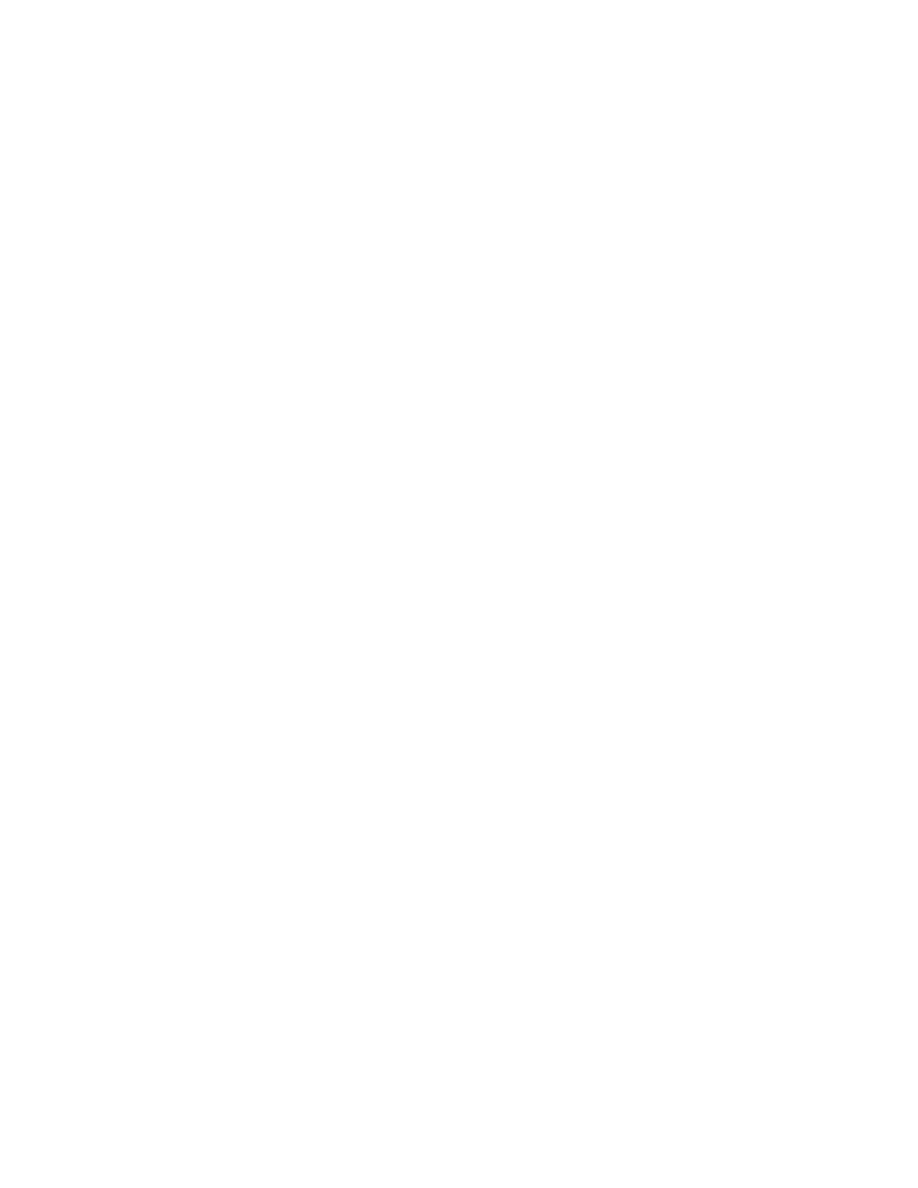E 250 Van V8-7.3L DSL (1988)

Brake Shoe: Testing and Inspection
BRAKE SHOE INSPECTION
Lining Thickness - Inspect the shoe for minimum lining thickness. The lining should be at least 1mm above the rivets or 1.5 mm above the shoe
surface. Inspect the thickness at all riot locations, top and bottom of shoe, and both sides. Generally the thickness will vary and there will be a low
spot or "limiting" location. Always use the minimum measurement to determine if the shoes need to be replaced.
Overheating - Inspect the shoes for signs of overheating:
-
Glazed Appearance - The shoes will have a blackened, shiny appearance.
-
Discoloration - The shoe webbing will be a bluish-purple color.
-
Warping - Lay the shoe on its side on a hard flat surface, if the shoe wobbles it is warped.
If the shoes show any signs of overheating they should be replaced.
NOTE: Prior to replacing the shoes the cause of the overheating should be determined.
Contamination - Inspect the shoes for signs of contamination from brake fluid (leaking from the wheel-cylinder) or axle grease (leaking from the
rear axle seals).
NOTE: Leakage from the rear axle seals is often the result of worn axle bearings. As the bearings deteriorate they develop excessive lateral
play, which in turn damages the axle seals.
If the shoes show any signs of contamination they should be replaced.
NOTE: Do not attempt to replace only one set of brake shoes; they should be replaced as an axle set only to maintain equal braking forces.
